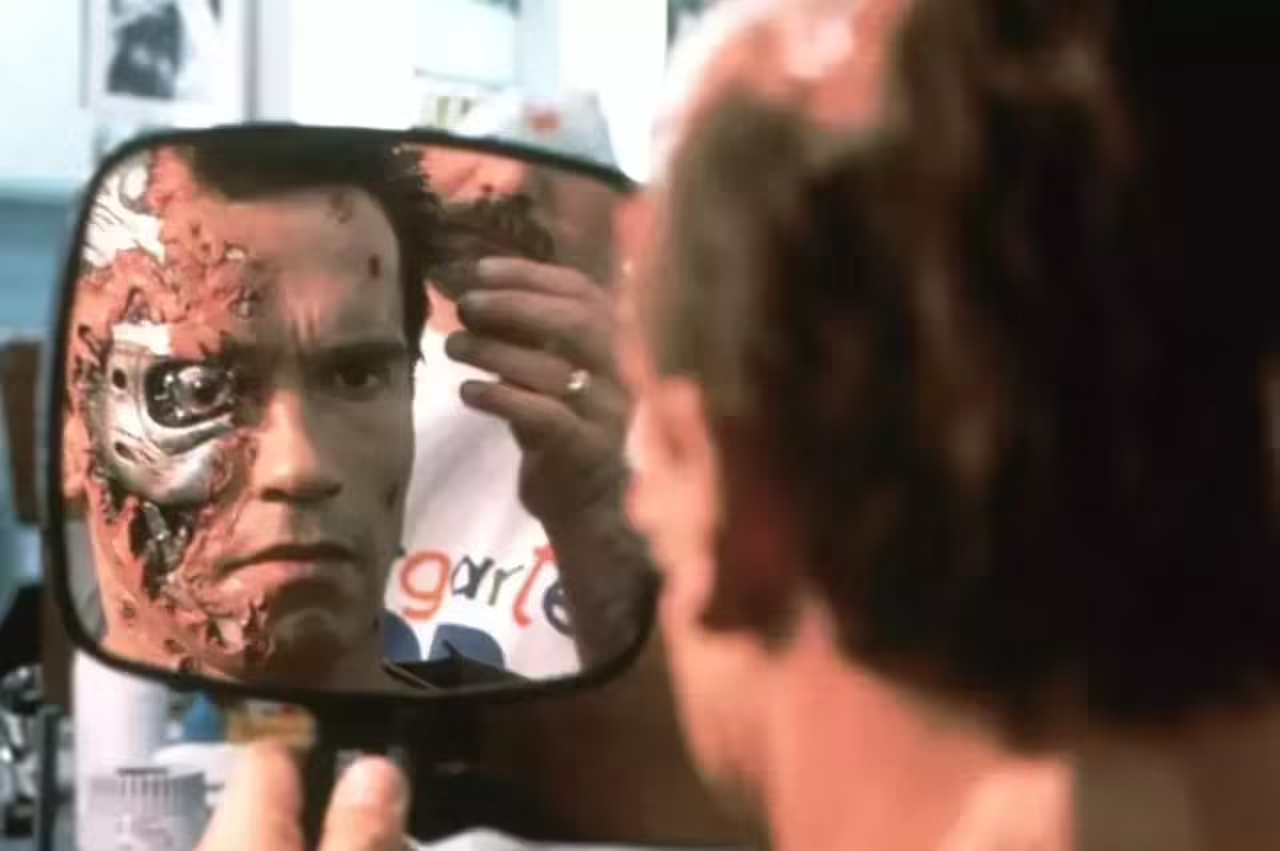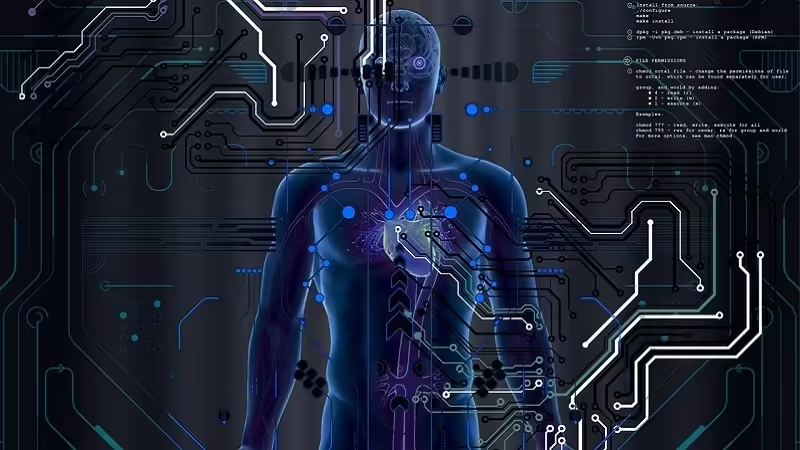
In recent years, we have witnessed significant advances in the field of robotics and artificial intelligence. These advances have led to the creation of increasingly sophisticated robots capable of performing a wide range of tasks. As this technology continues to evolve, an interesting question arises: will robots take over household chores?
The idea of having robots performing our household chores is not new. For decades, science fiction has presented visions of futuristic homes in which robots perform all the tedious and repetitive tasks, freeing humans to spend their time on more meaningful activities. While we have not yet reached that level of automation in all households, recent developments suggest that we may be moving closer and closer to that reality.
One of the areas where robots have shown great potential is home cleaning. Robotic vacuums, such as Roomba, have been popular for years and have proven to be efficient at cleaning floors and carpets. These robots use sensors to map the environment and avoid obstacles, allowing them to move autonomously around the house. In addition, advances in computer vision and machine learning have enabled these robots to improve their ability to recognize and circumvent household objects.
However, cleaning is not the only household task that could be performed by robots in the future. There are already prototypes of robots capable of performing tasks such as washing dishes, folding laundry and even cooking simple meals. These robots use robotic arms and sensors to manipulate objects and perform assigned tasks. Although they are still in early stages of development, they show great potential to help households in the future.
But how realistic is it to think of a future where robots take over household chores entirely? While it is true that technology is advancing by leaps and bounds, there are still significant challenges to overcome. One of the main challenges is the ability of robots to adapt to changing environments and deal with unforeseen situations. Variability in the size and arrangement of objects in a home can make it difficult for a robot to perform complex tasks efficiently.
Then there is the human factor. Many household tasks require social interaction and emotional skills that robots have not yet achieved. Things like babysitting, providing companionship, and performing tasks that require personal touches, such as home decorating, are areas where robots still have a lot to learn.
Despite these challenges, we are likely to see greater integration of robots into homes in the future. We may not see robots completely replacing humans in all household tasks, but we could see closer collaboration between humans and robots, with robots taking over the more tedious and repetitive tasks, allowing humans to focus on more creative and meaningful activities.
Robots and smart homes: The next revolution in home cleaning and organization
Advances in technology are rapidly transforming our lives, and the home is no exception. With the emergence of robots and smart homes, we are on the verge of a revolution in home cleaning and organization. These advances promise to make our lives easier, more efficient and more convenient.
Cleaning robots, such as robotic vacuum cleaners and robotic scrubbers, have been on the market for several years and have gained popularity. These robots use sensors and smart algorithms to map and navigate the home, while autonomously vacuuming dust and mopping floors. Some models even connect via Wi-Fi, allowing them to be programmed and controlled from a mobile app. This means you can activate the cleaning while you’re away from home or even while relaxing on the couch.
But cleaning robots are just the tip of the iceberg. Smart homes are integrating more and more devices and systems to improve cleaning and organization. Home appliances, such as washers and dryers, are being equipped with smart capabilities. They can be connected through the home network and controlled and monitored from a mobile app. This makes it possible to initiate wash cycles or receive notifications when a load is ready, which streamlines and simplifies laundry tasks.
Home automation systems and virtual assistants, such as Amazon’s Alexa or Google Assistant, are being integrated into homes to provide voice control and centralized management of devices. You can program routines including cleaning, lighting and temperature, and everything can be controlled with simple voice commands. This means you can ask your virtual assistant to start the robotic vacuum while you turn on the lights and adjust the thermostat, all without getting up from the couch.
Another exciting development in the field of home organization is the development of smart cabinets and cupboards. These systems use object recognition technology and tags to identify and organize your belongings. They can suggest where to store each item and maintain a digital inventory of your possessions. This makes it easier to find items and helps you maintain a tidy, clutter-free home.
However, as robots and smart homes become more sophisticated, important challenges and considerations also arise. Privacy and security are crucial aspects to consider when integrating connected devices into the home network. It is critical to ensure that personal data and usage patterns are adequately protected.
While robots and smart homes can be an expensive initial investment, it is important to consider the long-term benefits. These technological advances can save you time and energy, and can also contribute to greater energy efficiency in the home, which in turn can result in financial savings.
The role of robots in tomorrow’s home: A home without manual tasks?
The role of robots in tomorrow’s home is one of the most interesting and debated topics today. With advances in robotics and artificial intelligence, we may be on the threshold of a future in which manual tasks in the home are performed primarily by robots. This begs the question: are we headed toward a completely manual-task-free home?
The idea of a home without manual tasks is certainly appealing. Imagine waking up in the morning to find that a robot has prepared your breakfast, cleaned the house, done the laundry and performed all the tasks necessary to keep the home in order. This would free up valuable time and allow people to engage in more meaningful activities and enjoy their free time.
Today, we already see robots performing specific roles in the home. Cleaning robots, such as robotic vacuum cleaners and robotic scrubbers, have become increasingly common and sophisticated. They can perform cleaning tasks autonomously, avoiding obstacles and adapting to different types of surfaces. These robots have proven to be effective in reducing the workload associated with household cleaning.
Apart from cleaning, there are also robots that specialize in other household tasks. There are robots that can mow lawns, water plants, take care of pets and even cook simple meals. These robots use advanced technology, such as sensors, algorithms and robotic arms, to perform specific tasks efficiently.
However, it is important to note that while robots have come a long way in recent years, there are still significant challenges that limit their ability to perform all manual tasks in the home. Some tasks require specific human skills, such as creativity, complex decision-making or social interaction. In addition, each household is unique and presents specific challenges and obstacles that robots may find difficult to overcome.
Fully integrating robots into the home also raises ethical and social questions. For example, what impact would it have on the economy and workforce if robots were to replace human workers in household chores? How would this affect human relationships and overall quality of life?
Despite these challenges, we are likely to see an increased presence of robots in the home in the future. Robots are likely to become more intelligent, versatile, and able to adapt to a wider variety of tasks. We are also likely to see greater integration of artificial intelligence and home automation, which would allow robots to work more autonomously and in coordination with other devices in the home.
The age of robots at home: a dream or a near reality?
The era of robots in the home is an ever-closer reality. Advances in robotics and artificial intelligence are accelerating the development of robots designed specifically for the home environment. While there are still technical and social challenges to overcome, we are witnessing significant progress toward a future in which robots play an important role in our daily lives.
Today, we already see a variety of robots in the home performing specific tasks. Cleaning robots, such as robotic vacuum cleaners, have proven to be effective in cleaning floors and carpets, saving time and effort. There are also robots that specialize in plant care, simple meal preparation, pet care and home monitoring.
In addition to these specific tasks, more advanced and versatile robots are also being developed for the home. These robots can be integrated with home automation systems and virtual assistants, allowing centralized control of home devices. They can respond to voice commands, adjust lighting, temperature and perform personalized tasks according to individual preferences.
The field of social robots is also developing. These robots are designed to interact with household members, providing companionship and emotional assistance. They can provide conversation, play music, tell stories, and even monitor the health of the elderly.
However, it is important to keep in mind that while we are rapidly moving toward a future with robots in the home, it is unlikely that robots will completely replace humans for all household tasks. There are certain tasks that require human skills and understanding that robots cannot yet match. In addition, human interaction, affection and personal care remain crucial aspects in many areas of domestic life.
We must also consider the challenges and concerns associated with the growing presence of robots in the home. Privacy and security are major concerns, as robots may collect and transmit data about our activities and routines. In addition, there are fears that automation and the mass adoption of robots in the home could have a negative impact on the workforce and human relationships.







